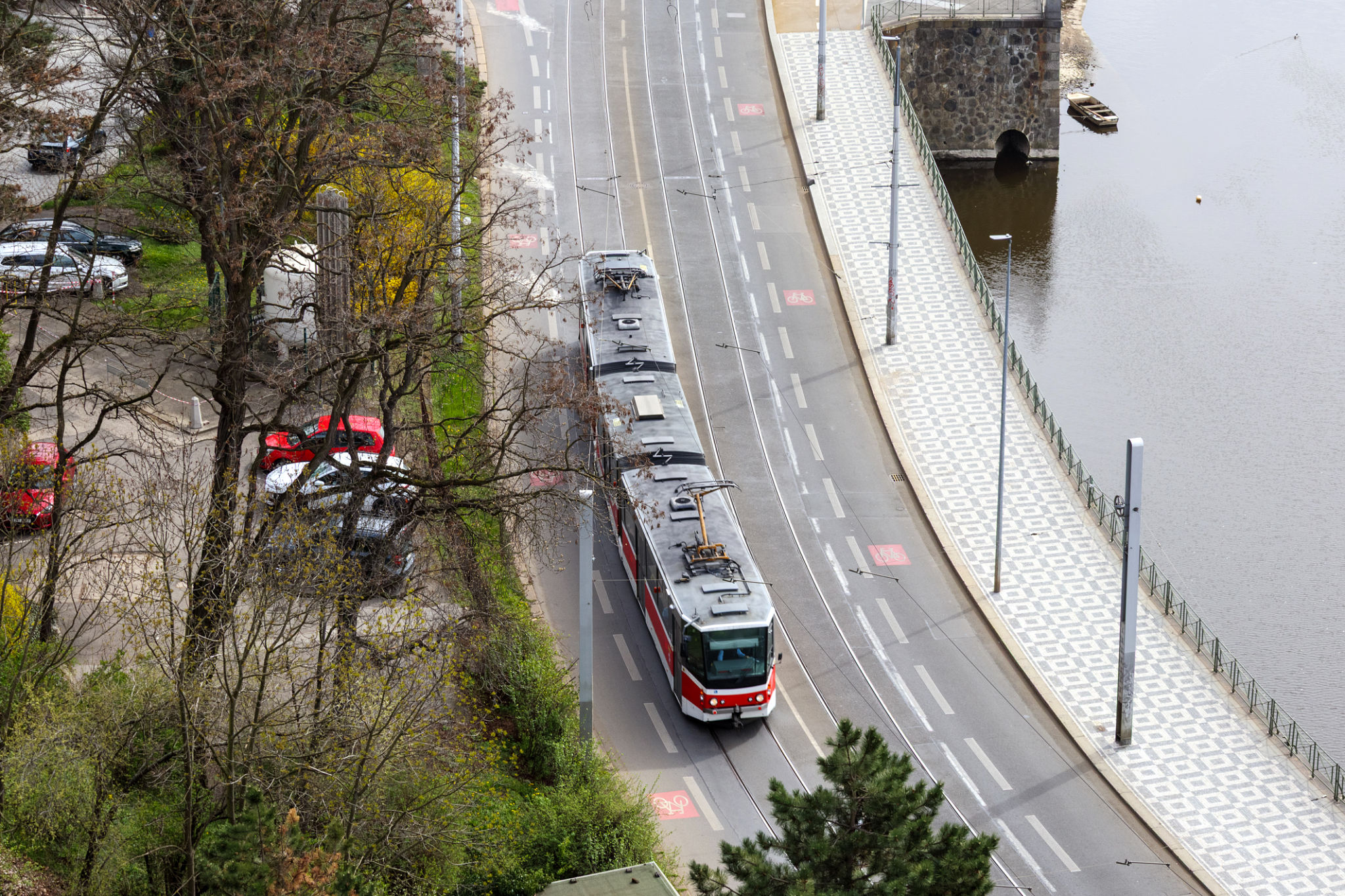Summer Heat Monitoring with Drones: Protecting Your Solar Farm
Introduction to Drone Technology in Solar Farms
As solar farms expand to meet the growing demand for renewable energy, maintaining their efficiency becomes crucial. One innovative solution gaining traction is the use of drones for summer heat monitoring. These high-tech tools offer a unique perspective on solar panels, ensuring they operate at peak performance even under scorching conditions.
The summer heat can pose significant challenges to solar farms, affecting both performance and longevity. By employing drones, operators can swiftly identify issues and implement solutions to protect their investment.

How Drones Enhance Monitoring
Drones equipped with thermal cameras can detect hot spots and temperature anomalies in solar panels. This capability allows operators to pinpoint potential problems such as malfunctioning panels or faulty wiring, which can be exacerbated by high temperatures.
Moreover, drones provide a more comprehensive view of a solar farm compared to traditional methods. They can cover vast areas quickly and efficiently, reducing the time and labor required for manual inspections.

Benefits of Using Drones
Utilizing drones for heat monitoring offers several advantages:
- Cost-Effective: Reduces the need for extensive manpower and equipment.
- Efficiency: Speeds up the inspection process significantly.
- Accuracy: Provides precise data, enabling targeted maintenance.
Implementing Drone Technology
Integrating drones into solar farm management requires careful planning. Operators need to consider factors such as drone models, camera types, and data analysis software. Training personnel to operate drones safely and interpret the data is also essential.
Partnering with experienced drone service providers can streamline the implementation process. These providers offer expertise in both technology and regulatory compliance, ensuring that operations are smooth and effective.

Challenges and Considerations
While drones offer numerous benefits, there are challenges to consider. Weather conditions, airspace regulations, and initial investment costs are some factors that operators must address. Additionally, data security and privacy concerns should be managed to ensure compliance with relevant laws.
By addressing these challenges proactively, solar farm operators can maximize the benefits of drone technology, ensuring that their systems remain efficient and reliable during the hottest months.
Conclusion
Incorporating drones for summer heat monitoring is a forward-thinking strategy for solar farms. This technology not only enhances operational efficiency but also contributes to the longevity and sustainability of solar energy systems.
As the renewable energy sector continues to grow, leveraging cutting-edge solutions like drones will be essential in meeting the challenges posed by climate and environmental changes. Embracing these innovations ensures that solar farms remain a viable and powerful source of clean energy.